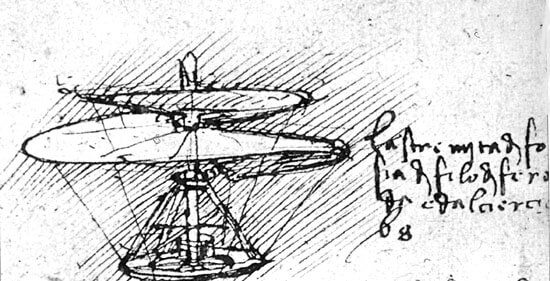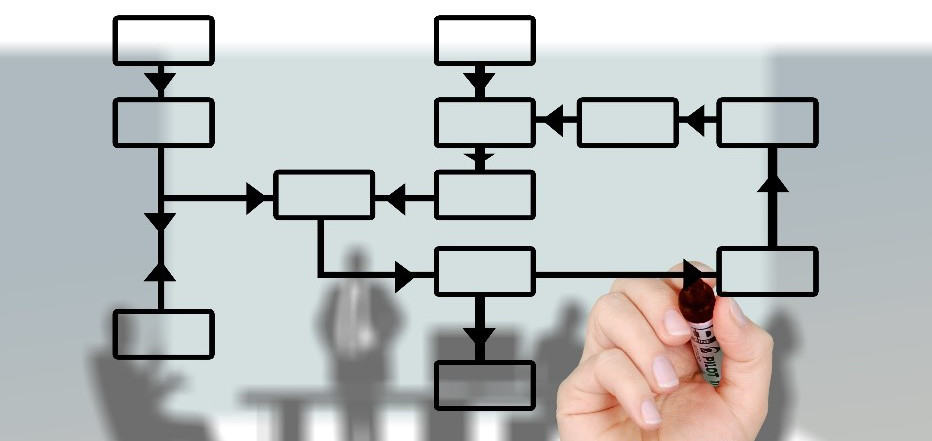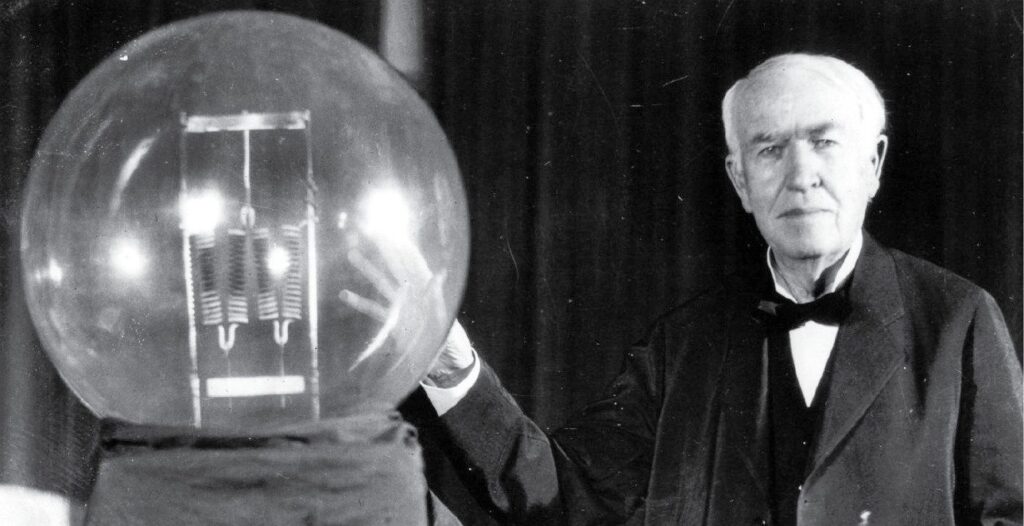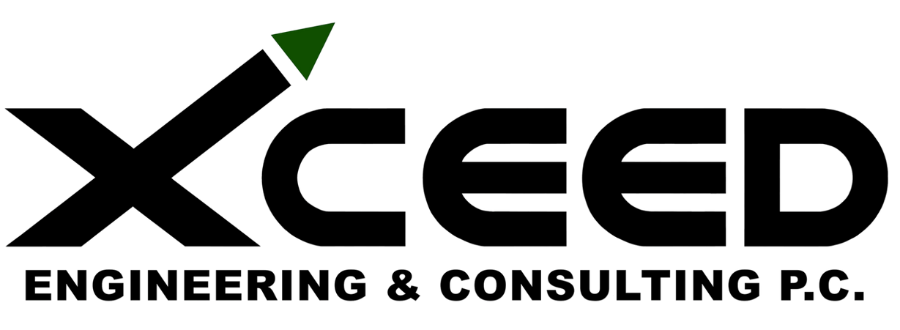
Design is where science meets art. Many people think of engineering design as math and science, but really, the design is where the solution takes shape. Math and science are merely used to back up the design. The problem is that too many people blow right through the design to work on math and science part.
We’re engineers, and we understand; it’s hard to resist jumping into the fun stuff. After all, that’s what we’re paid to do right?
The problem is that not spending enough effort up-front is one of the biggest contributors to high project cost and long schedule durations.
Also, notice I said effort, not time. It’s our experience that the more effort spent in the up-front design phase actually reduces project schedule, because the design becomes more efficient.
So, when do you move on from conceptual design to implementation?

Since design is as much art as science, it can be hard to tell when to move on. It’s quite simple. Move on when your design meets these criteria:
Meets Stakeholder Requirements
Within budget
Alternatives have been fully evaluated
When you follow a process like we do at XCEED, it’s abundantly clear when to move on with a proposed design. Let’s look at each of these individually.
Stakeholder Requirements and the Matrix

Every project should have a requirements matrix.
Every. Project.
This is a tool that helps project managers keep track of requirements, and where they come from.
The matrix clears the muddy waters. It separates the actual requirements from the nice to haves, and it outlines how the project will meet those requirements.
The most important part of the compliance matrix is stakeholder buy-in. Your stakeholders need to SIGN the compliance matrix to show that the project meets their requirements.
When someone is asked to sign something, it triggers an emotional response, and it causes people to think harder about what it is that they’re signing. That’s exactly what you want your stakeholders to do, so you should kindly be asking for their signatures.
If you’ve never put a compliance matrix together, or you’d like some help, let us know. We’d be happy to go over the process with you, and we can even share some templates people have found useful.
Budget

This is straightforward. If the project has a budget, and the design estimate is within the budget (including risk), then you can move on.
If the project isn’t budgeted, you can get into an infinite loop. The only way to get out of the loop is be to evaluate the estimates for your alternatives, and figure out if you’re getting the best value.
Alternatives

We see it all the time. It’s almost like sometimes the alternates are treated as something that needs to be filled out on a form, and their importance only goes that far. The alternatives evaluation is one of the most important parts of your project! This is where we’ve been able to save plants the most money and cut schedule – thoroughly evaluating alternatives.
Your organization should be looking at alternatives closely. Ask for input from outside. We would be happy to help your team look at alternatives, many times free of charge. Just send us a message, or give us a call.
What role does an engineering firm play in this?

If you hire an engineering firm, they should be heavily involved from day 1 whether they’re running the project, or just giving you engineering outputs. Here’s why.
The design engineer needs to know the requirements so they can distill them down to their basic form. Here’s an example.
When given a requirement that looks like this:
“The system needs to remove decay heat for 24 hours based on the PRA model”
The engineer should be asking questions like:
- Why does the system need to remove heat for 24 hours?
- Is something else available to remove this decay heat?
- What change (i.e. change analysis) caused this need?
- What are the parameters of the PRA model?
And obviously, these questions lead to other questions. When we’ve had the opportunity to work on a project from the start, these are the types of questions we ask.
Knowing the stakeholder requirements allows the engineer to help your team develop and evaluate alternatives. This is where we’re able to save you money and reduce your project schedule.
If you’d like more on how we can help you and your team optimize the design of your project, let us know.
Experience
Below are some of the recent design projects our team has worked on.
[wp_blog_designer id=”7″]
